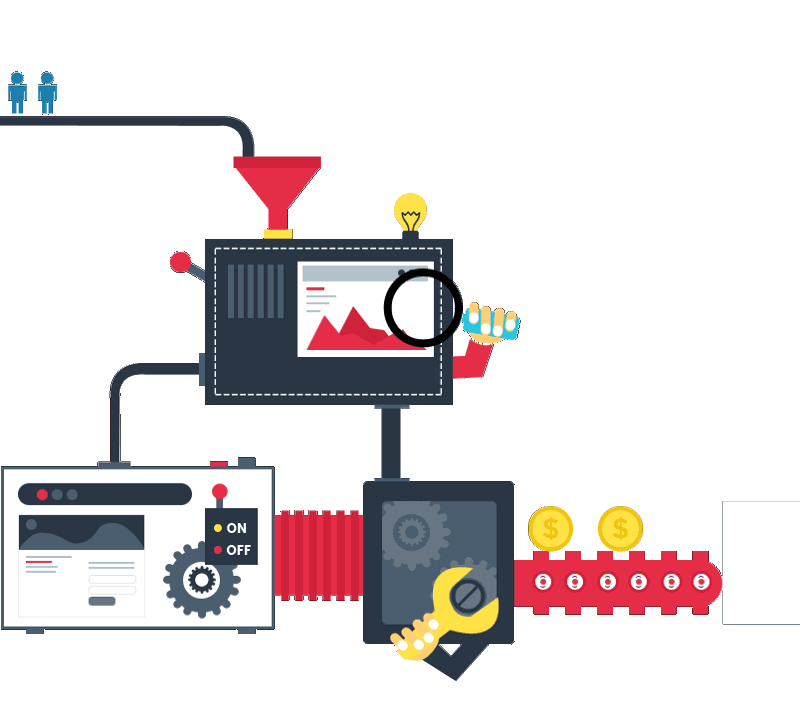
Situation: We’ve recently acquired experience with a partner (web agency) who had previously been outsourcing to another company developing a project for their end client. Since HTML and client-side behavior was developed in-house by the partner, it was in really good condition. Unlike the server side code. Some outsourcing company started developing the server side for the partner, and at some point, the partner, desperate and exhausted, applied to us.
[announce]
Nobody likes to work with others’ people code, and this always is one of the risks in every project of that kind. But our motto is ‘We are afraid of nothing!’ and we decided to help the partner.
We definitely wish you to avoid those errors, so here are our advice.
Hire Someone to Represent You on the Technical Side
When we talk about something more serious than setting up a corporate website on WordPress, ensure you have someone at your side, who will overview all the process.
Make Sure Developers Use Appropriate Technologies
Even more, make sure developers use a solution instead of reinventing the wheel. One of the serious decisions is using a self-made framework, which may bring its specific benefits, vs industry-acknowledged solutions. In any case, make sure the developers will exploit well-known approaches. In most cases they should include:
- MV split (model-view-controller architecture). Shall further enable faster changes to code and modification on visual representation without the necessity to refactor a lot of server side code.
- Database Wrapper. Usage of ORM will usually simplify life for developers and make a connection of database structure with domain logics.
- Unit Testing. Very desirable. Expect that the development will take more time at the beginning, but further development will become easier and the code will become manageable.
- OOP. Surprisingly, not everyone uses it or uses it appropriately.
Choose Reliable Subcontractors
Yeah, the idea is – choose Letzgro. We’ve completed multiple projects of different scales and diverse technological stacks, from small WordPress websites to social networks, and from mobile applications to social and desktop games.


